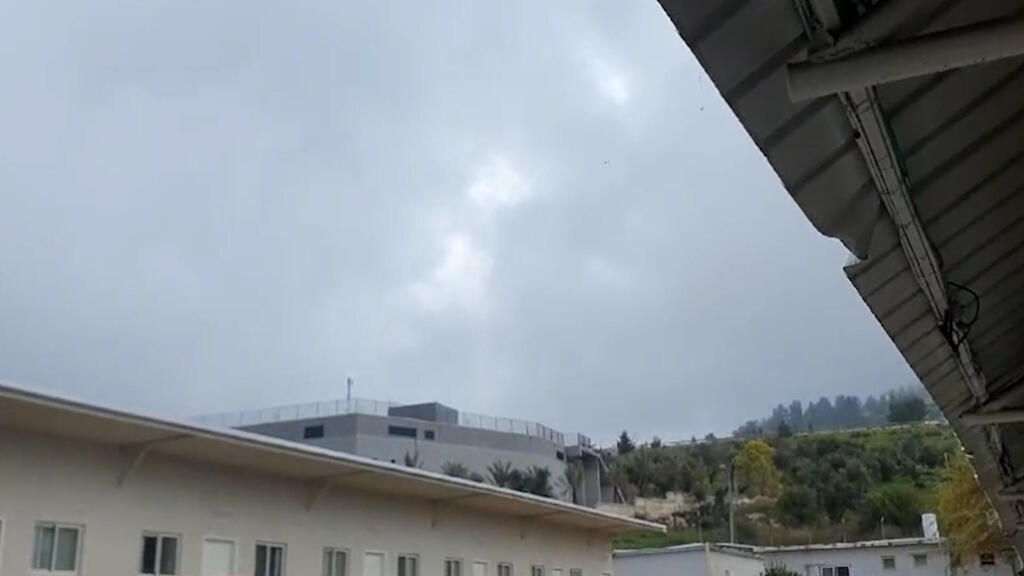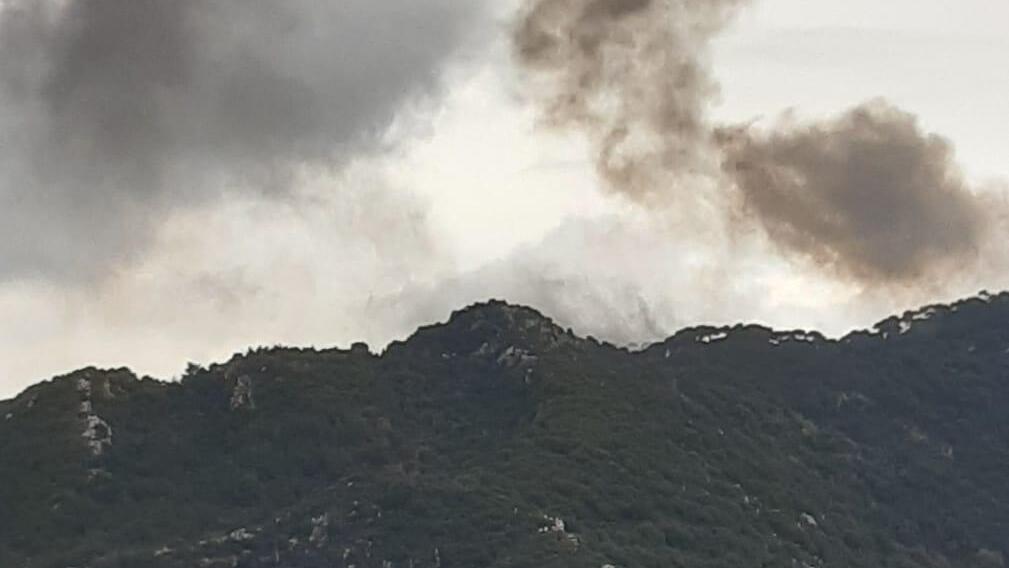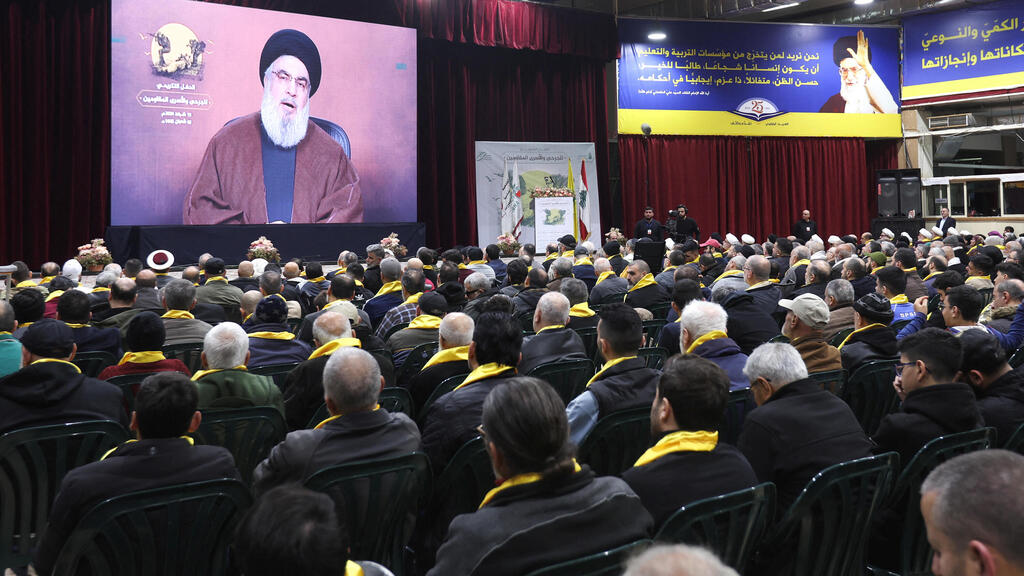Getting your Trinity Audio player ready...
The uptick in violence in the north is slow but steady. Hezbollah is increasing their attacks on the Galilee in retaliation for its losses and the destruction caused in Israeli strikes.
More stories:
Thus far 220 of Hezbollah's members were killed in Israeli airstrikes on south Lebanon and even further north, across the Litani River. Nine were killed on Tuesday. There are also fatalities among Hamas and other Palestinian groups working under the auspices of the Iran-backed terror group. Hezbollah leader Hassan Nasrallah seemed upset by those losses, in his speech to his followers on Tuesday.
He set strict conditions for a cease-fire, first of which is an end to the fighting in Gaza. But his tone was most important and reflects his and his Iranian patrons' frustration from the outcome of the Israeli attacks on people and property in the Shi'ite villages, targeted because they are where Hezbollah operates from and in the hopes of pushing them north, away from the region.
Hezbollah's frustration prompted two large barrages a week, including dozens of rockets at once, towards the Galilee. This morning a military instillation in Sefed was hit, killing one woman and wounding eight others. That was followed, according to the IDF by a wave of strikes on Lebanon.
Like Hamas, Hezbollah noticed that attacks on military instillations and people in uniform has more of an impact on Israeli morale. They aimed their fire at central military bases a number of times since October 8, but only caused minor damage and the question now is whether Hezbollah is deploying something it hadn't before, which enables more direct hits. Thus far, there was no use of precise crockets
In order to succeed in direct hits Hezbollah used Iranian made Cornet and Almas anti-tank missiles. These advanced missiles have a range of some 8 kilometers (5 miles) and are very precise. The Almas is the result of back engineering of the Israeli made Spike missile that is used by the IDF and was developed by Rafael Advanced Defense Systems.
But the damage in Safed today was the result of what appeared as a heavier rocket and may indicate that Hezbollah was now using its more advanced rockets and missiles. There are not many in the Lebanon-based group's arsenal and Hezbollah is probably saving them for a full-blown conflict. They would be used to target military instillations and critical infrastructure so-as-to limit the military's ability, and mostly that of the Air Force, to operate against it, and to disrupt the Israeli economy.
Use of such weapons could be the result of Hezbollah's frustration over its losses and would be inline with the tone of Nasrallah's speech. But also increases the risk of miscalculation on the part of the terror group, that could lead to a broader conflict while diplomatic efforts are underway to reach a cease-fire that would remove Hezbollah from the border and enable the Israeli residents of the north, to return home.
As tensions in the north increase, there is risk of an all-out war but for now, it appears that in Israel , Lebanon and Iran, the hope is that it can be avoided.




